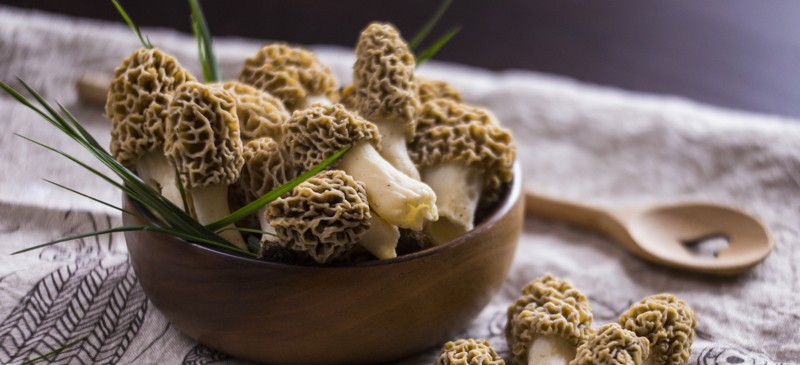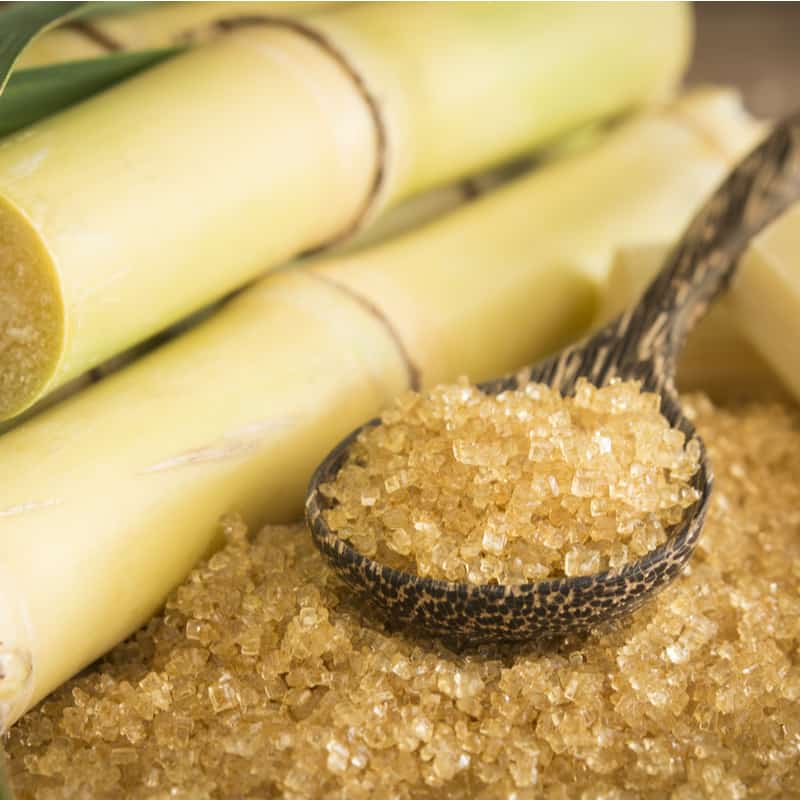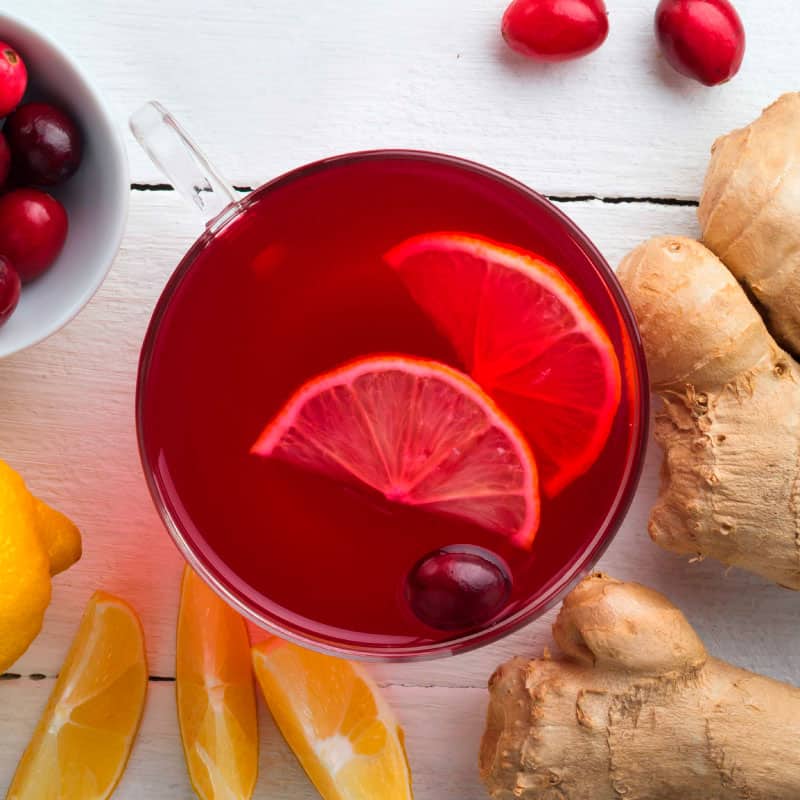This Dr. Axe content is medically reviewed or fact checked to ensure factually accurate information.
With strict editorial sourcing guidelines, we only link to academic research institutions, reputable media sites and, when research is available, medically peer-reviewed studies. Note that the numbers in parentheses (1, 2, etc.) are clickable links to these studies.
The information in our articles is NOT intended to replace a one-on-one relationship with a qualified health care professional and is not intended as medical advice.
This article is based on scientific evidence, written by experts and fact checked by our trained editorial staff. Note that the numbers in parentheses (1, 2, etc.) are clickable links to medically peer-reviewed studies.
Our team includes licensed nutritionists and dietitians, certified health education specialists, as well as certified strength and conditioning specialists, personal trainers and corrective exercise specialists. Our team aims to be not only thorough with its research, but also objective and unbiased.
The information in our articles is NOT intended to replace a one-on-one relationship with a qualified health care professional and is not intended as medical advice.
Morel Mushrooms: 5 Health Benefits, Plus How to Hunt for Them!
May 1, 2019

With their unique honeycomb appearance and deep, earthy flavor, morel mushrooms have become a fast favorite among chefs and foodies alike. But in addition to dialing up the taste and aroma of dishes, morels also bring a host of mushroom health benefits to the table as well. In fact, research shows that they may help bump up immune function, kill off harmful pathogens, support liver health and more.
So where can you find these edible mushrooms and how can you add them to your diet? Let’s take a closer look at why you may want to keep an eye out for these tasty treats the next time you go mushroom hunting.
What Are Morel Mushrooms?
Morel mushrooms, also known Morchella or true morels, are a prized variety of edible mushrooms favored for their rarity and rich flavor. Unlike many other types of mushrooms, morel mushrooms are foraged instead of farmed and can be harvested in certain areas of North America, India, Pakistan, Turkey and China.
Morchella is actually a genus, which includes around 70 different species of morel mushrooms, each of which has minute variations in flavor and appearance. In general, morel mushrooms have a distinct earthy taste that works well when used in pastas, soups and meat dishes. They can also be sautéed in a bit of butter and served with a sprinkle of salt and pepper for a simple side dish.
What Do Morel Mushrooms Look Like?
The appearance of the morel mushroom can vary quite a bit between different species. The colors can range from grey to yellow to brown and they can be anywhere from one to five inches in size. One thing that all morel mushrooms do have in common, though, is their unique honeycomb-like appearance which is caused by the presence of the ridges and pits that cover the cap.
It’s important not to confuse these mushrooms with false morel mushrooms, which are similar in appearance but contain a type of toxin known as gyromitrin, which can cause serious side effects if consumed in large quantities. False morels typically have wrinkles and brain-like folds on the cap, which differ from the honeycomb appearance of morels. Some types also hold a cotton-like substance inside the stem, whereas true morels are hollow in the middle.
Why Are Morels So Popular, Delicious and Expensive?
Morel mushrooms are considered a true delicacy by gourmet chefs and mushroom connoisseurs alike. They are even enjoyed by many who don’t like regular mushrooms due to their rich, nutty flavor and tender, meaty texture.
The morel mushrooms price tag also tends to run relatively high because they are usually foraged instead of farmed, meaning you can only find them growing out in the wild and are unlikely to spot morel mushrooms for sale at your local supermarket. Not only that, but they’re also hard to cultivate and highly perishable, which is why you’re most likely to find them dried rather than fresh at most retailers.
Health Benefits
1. High in Antioxidants
Antioxidants are powerful compounds that help fight free radical damage and protect the cells against oxidative stress. Some research even shows that the benefits of antioxidants extend beyond the cellular level, reporting that upping your intake of antioxidants could also aid in the prevention of chronic conditions like heart disease and cancer.
In vitro research published in Pharmaceutical Biology found that morel mushrooms are loaded with antioxidants that can help scavenge free radicals and prevent lipid peroxidation. According to the study: “The findings suggest the potential therapeutic use of morel mushroom, M. esculenta mycelia as an efficient antioxidant.”
2. Possesses Antimicrobial Properties
Interestingly enough, several promising in vitro studies show that morel mushrooms may help protect against harmful pathogens to fight infections caused by bacteria and yeast.
For example, a 2017 study out of India showed that certain compounds found in morel mushrooms were effective at blocking the growth of Escherichia coli, which is a type of bacteria that can cause intestinal problems. These compounds were also able to reduce the activity of Aspergillus fumigatus, a species of fungus known to infect those with weakened immune systems.
3. May Promote Liver Health
Thanks to its potent antioxidant properties, studies show that morel mushrooms could protect and preserve liver health. In fact, one animal study conducted by the Amala Cancer Research Centre in Kerala, India showed that administrating morel mushroom extract exhibited hepatoprotective activities and reduced several markers used to measure liver disease.
4. Boosts Immune Function
Although more studies are needed in humans, preliminary research suggests that certain compounds found within morels could rev up immune function and relieve inflammation in the body.
For instance, one in vitro study in the journal Food and Chemical Toxicology demonstrated that a polysaccharide extract of the morel mushroom was able to enhance the activity and anti-inflammatory properties of immune cells. Another study had similar findings, showing that polysaccharides found within the mushrooms could act as immunomodulatory agents in vitro.
5. Could Help Fight Cancer Cells
In addition to enhancing immunity and delivering a hearty dose of disease-busting antioxidants, morel mushrooms could also have a powerful impact on cancer development. An in vitro study in the International Journal of Molecular Sciences found that compounds extracted from morels inhibited the growth and spread of colon cancer cells in a dose-dependent manner.
Keep in mind, though, that additional studies are needed to determine whether eating morel mushrooms can provide the same cancer-fighting properties in humans.
6. High in Vitamin D
Vitamin D foods are not very common, but this mushroom is one of the best examples of one. Just one cup of morel mushrooms contains 136 IU of vitamin D, which is 27 percent of your Daily Value. Getting enough vitamin D is linked to better bone health, improved weight control, enhanced brain function and increased immune function.
Related: Top 12 Cancer-Fighting Foods
How to Hunt for Morel Mushrooms
Unlike other types of mushrooms, you’re unlikely to find indoor morel mushrooms growing kits or instructions for how to grow morel mushrooms indoors online. In addition to being very difficult to grow inside, it’s also hard to replicate the conditions required for growth commercially. Coupled with their high price tag and limited availability, many opt to try morel mushroom hunting instead to get their fix of this delicious delicacy.
So where do morel mushrooms grow? Morel mushrooms are typically found in moist but well-drained areas and can be spotted growing near trees, including specific types such as ash, elm, hickory and sycamore. Certain species of morels also tend to grow in areas that have recently been affected by forest fires and can be found on the outer edges of burned areas.
One of the top morel mushrooms hunting tips is to keep in mind that morels often grow together. If you find one or two growing in a specific spot, you’re much more likely to find even more growing in clusters nearby.
The morel mushrooms season starts in spring and they generally start cropping up around April to May, depending on your location. Another common question is: in what states do morel mushrooms grow? You can typically found morels across North America, but they’re a bit more prevalent in the midwest. Some websites also offer a morel mushroom map, which tracks sightings of this rare mushroom to help pinpoint where you may be able to find them growing near you.
How to Use Morels
So once you’ve figured out how to find morel mushrooms, you may be wondering what to do with morels after picking them. Because of their hollow interior, fresh morels are very fragile and may keep only for up to a week with proper storage.
It can be difficult figuring out how to clean morel mushrooms, especially because they tend to deteriorate much more quickly after being washed. Generally, most recommend using a soft brush to remove dirt from the exterior before rinsing briefly with cold water and patting dry.
When it comes to how to store morel mushrooms, they should be placed in the refrigerator and kept loose with adequate ventilation to maximize shelf-life. Alternatively, there are also plenty of options for how to dry morel mushrooms using a dehydrator or oven, which can help them last exponentially longer.
If you’re just trying these mushrooms for the first time, you may be wondering: can you eat morel mushrooms raw? Cooking morel mushrooms is absolutely essential prior to consumption, as morels contain small amounts of toxins which are destroyed through cooking. Eating morels raw could cause negative side effects on health, especially if you’re consuming large amounts over time.
Fortunately, there are plenty of simple methods for how to prepare morel mushrooms and enjoy them in your favorite meals. They’re often cooked with a bit of butter and seasoning as well as a splash of cream or wine. Or, you can try adding them to pastas, stir-fries, pizzas and soups to bring an added burst of flavor to your favorite dishes.
Recipes
With a little creativity, there are limitless options for how to cook morel mushrooms. Here are a few delicious morel mushrooms recipe ideas to help get you started:
- Sautéed Asparagus with Morels
- Cream of Morel Mushroom Soup
- Chicken with Morel Mushrooms
- Morel Mushroom Risotto
- Asparagus and Morel Pizza with Garlic Confit
Risks and Side Effects
So are all morel mushrooms safe to eat? And can morel mushrooms make you sick? When properly prepared, morel mushrooms can be a safe and healthy addition to a well-rounded diet. Keep in mind, however, that the mushrooms should be cleaned properly and should always be cooked prior to consumption; raw morels contain a type of toxin that is destroyed during cooking.
If you’re hunting and harvesting your own mushrooms, it’s also important to ensure you’re getting morel mushrooms rather than false morel mushrooms. Although the two are similar in terms of appearance, there are several variations in their cap, stem and color that can help you distinguish between the two. What happens if you eat a false morel? False morels contain gyromitrin, a dangerous compound that is hydrolyzed into the toxin known as monomethylhydrazine (MMH), which can cause symptoms like headache, weakness, vomiting and stomach pain.
Those who have an allergy to mushrooms should also avoid morels and other types of edible mushrooms. If you experience any food allergy symptoms like stomach upset, hives or itching, discontinue consumption and talk to your doctor.
Final Thoughts
- Morel mushrooms are a type of edible mushroom that are found around the world and are typically foraged instead of farmed.
- Although the appearance can vary between species, they are known for their honeycomb cap and hollow interior. There are several distinct differences between these mushrooms and false morels, which are a type of mushroom that can actually be dangerous when consumed.
- Are morel mushrooms good for you? In addition to being high in antioxidants, in vitro studies and animal models also suggest that morels could help fight harmful pathogens, boost immune function, promote liver health and reduce cancer cell growth.
- Because growing morel mushrooms can be very challenging, many choose to forage for them instead. There are plenty of online resources and maps for where to find morel mushrooms, but they are common in moist, well-drained areas at the base of certain types of trees.
- While safe for most, morels should be cooked prior to consumption and should be avoided by those with an allergy to mushrooms to avoid negative effects on health.









